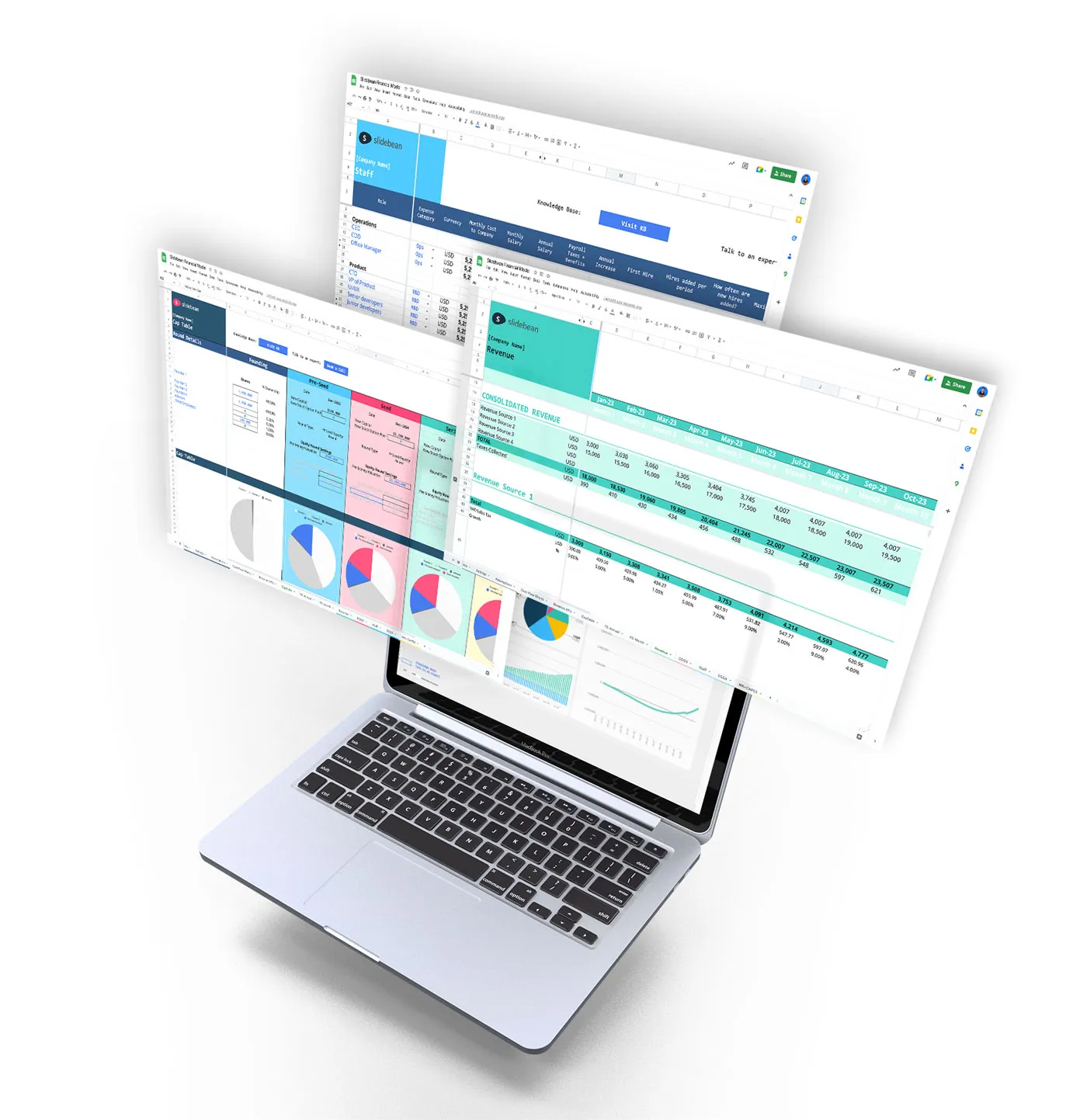A Guide to Your First Tech Startup: Ship, Charge, Repeat

TL;DR
- Validate one painful problem with 10–20 target users before you write code.
- Ship an MVP in weeks, not months; charge early to prove demand.
- Keep burn low; track activation, retention, and payback from day one.
- Formalize legal basics once you see repeatable usage and early revenue.
Introduction
This guide is for first-time tech founders building software (web, mobile, AI, or APIs). You’ll run the same loop, learn, build, sell, formalize, until the numbers say “we’re onto something.” Assumption: you have a rough idea and a target user, but no product yet. We’ll use a lean path: validate the problem, ship a minimum viable product (MVP), collect real money and feedback, then tighten the legal/funding setup when traction shows up.
What’s on the line
Most startups die because they build something few people want, or they run out of cash. Lean validation and fast MVPs reduce both risks and get you closer to product-market fit faster.
Do this next
Start by proving the pain: interview 10–20 ideal customers, ask for stories about their current workaround and costs, and run a simple landing-page “smoke test” with a waitlist and targeted traffic to see if anyone bites.
From those insights, define the smallest win for your MVP, three to five must-have outcomes only, and commit to shipping in six weeks or less so you learn fast instead of polishing. Put the MVP in the hands of 20–50 early users, layer in a paid pilot or pre-order to test willingness to pay, and don’t be afraid to simulate complex features with “concierge” or “Wizard of Oz” tactics while you validate demand.
Tighten the feedback loop by reviewing activation and drop-offs weekly, doing five user calls, and fixing one bottleneck per sprint before you move on. When the signals turn green, repeatable usage and early revenue, formalize the basics (structure, founder/IP assignment, and privacy posture), pick the core team you actually need now (product, design, a technical lead), decide remote vs. in-person early, and stay lean. Fund the next lap by defaulting to bootstrapping; then explore angels, accelerators, or crowdfunding only once there’s proof that capital will accelerate what already works.
Your scoreboard
- Activation = the % of new sign-ups who actually get value fast (hit the “aha” moment in week 1). Example: 100 sign-ups, 40 complete a key task → 40% activation.
- Retention = how many users stick around after the first try. Track D30 (active ~30 days later) or W8 (after 8 weeks). Example: 100 July sign-ups, 28 active on Aug 30 → 28% D30.
- Payback period = how long it takes profit from a customer to cover what it cost to acquire them. Rule: CAC ÷ monthly gross profit per customer. If CAC is $200 and gross profit/month is $16, payback is ~12.5 months.
- LTV:CAC = total gross profit from a typical customer (LTV) compared to what it cost to win them (CAC). Aim for ≥3:1 once churn stabilizes.
- Burn multiple = how efficiently you turn burn into new revenue. Net burn ÷ net new ARR. Lower is better; ~1–1.5 is solid in early growth.
- Runway = months of cash left. Cash in bank ÷ monthly net burn. Try to keep ≥12 months.
Need help turning the scoreboard into a simple, investor-ready model? Slidebean’s Financial Modeling Service (done-with-you) or our Free Startup Financial Model Template can get you there fast.
Reality checks
- No-code ≠ forever. Great for validation; deep tech, security, and performance will need real engineering.
- Don’t over-engineer legal on day one. Incorporate, register, and protect IP once you see repeatable usage and early revenue; consult counsel for your jurisdiction.
- Don’t chase funding too soon. Money amplifies what exists; without fit, it scales waste. (For context, seed and early-stage startups still raised ~$133B globally in 2023, capital exists, but traction wins.)
If you remember one thing
Ship the smallest thing that proves real demand, and charge for it, before you do anything fancy.
Closure
This game rewards velocity and learning. Talk to users weekly, ship bi-weekly, and let metrics, not opinions, steer the roadmap. When traction shows up, formalize the basics, hire deliberately, and raise only to accelerate what already works.
Appendix
Quick definitions
- MVP: the smallest product that delivers core value; built to learn.
- Activation: first moment a new user gets value (e.g., completes a key task).
- Payback period: time until gross profit from a cohort covers acquisition cost.

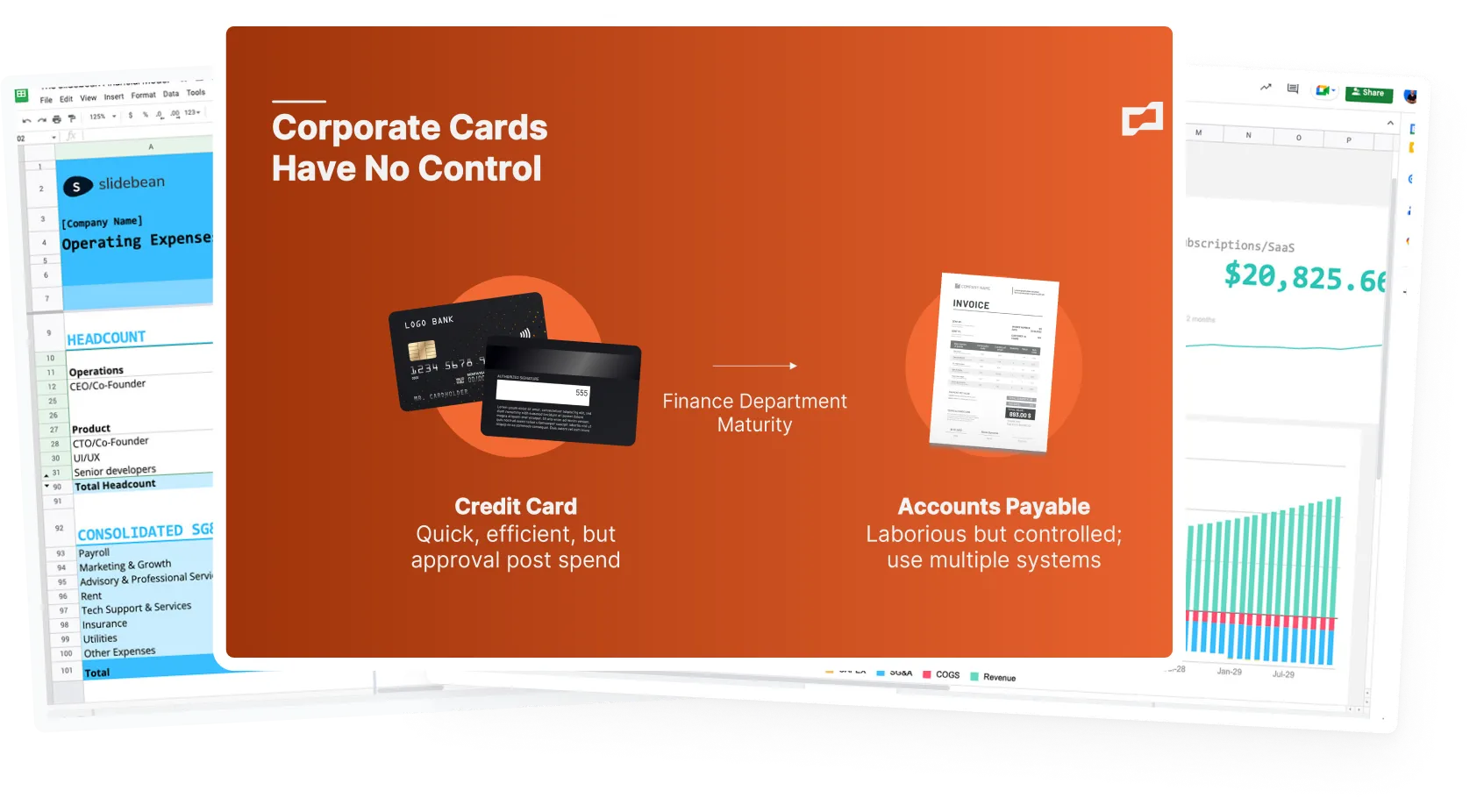
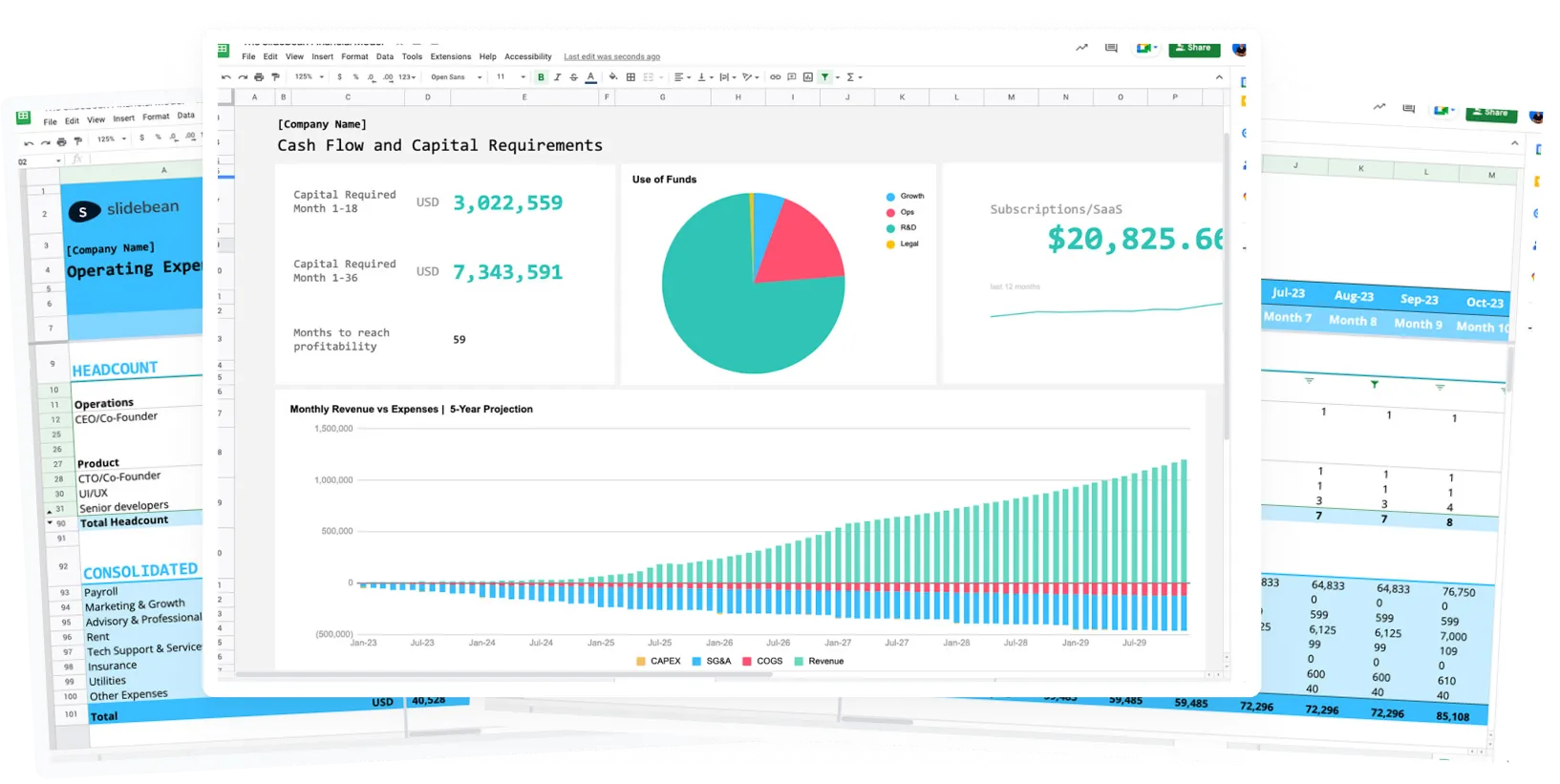
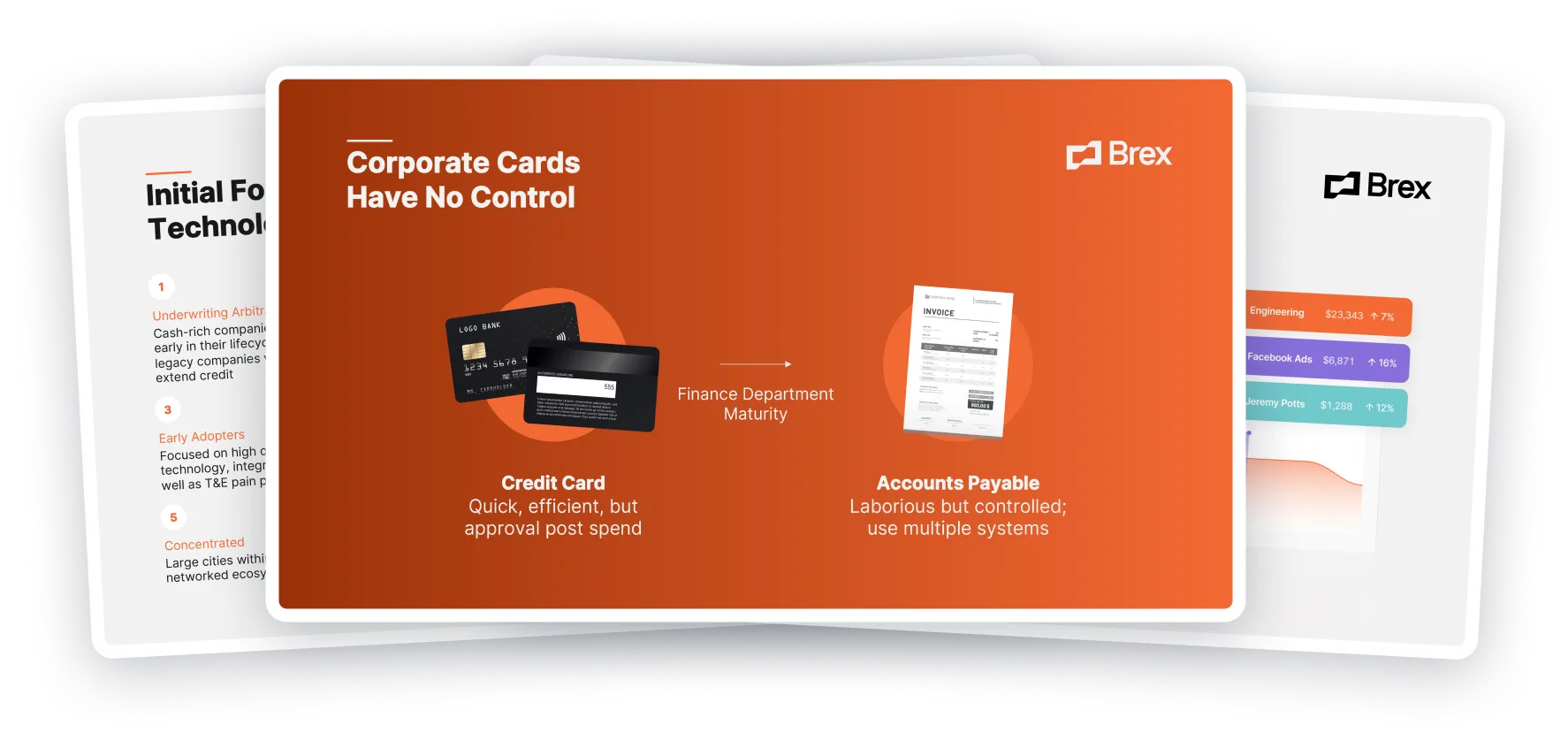
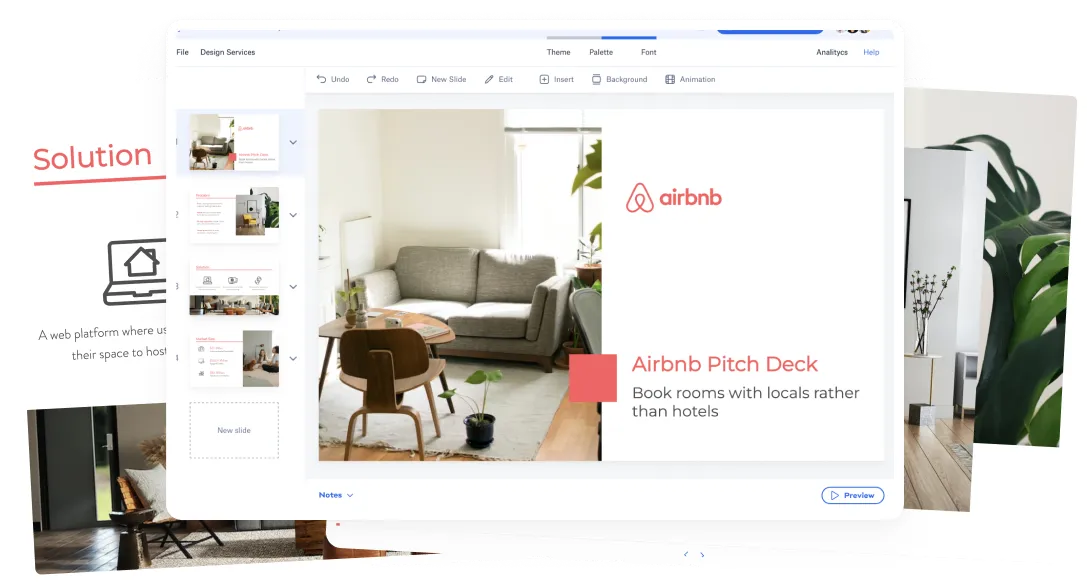
.avif)


